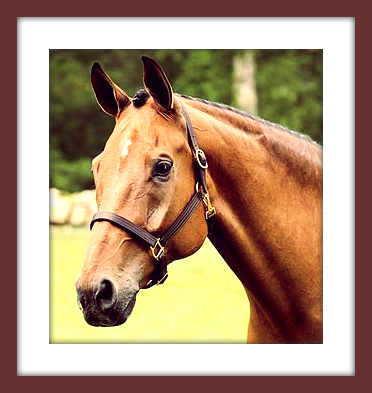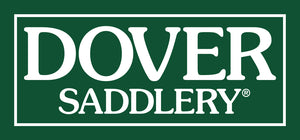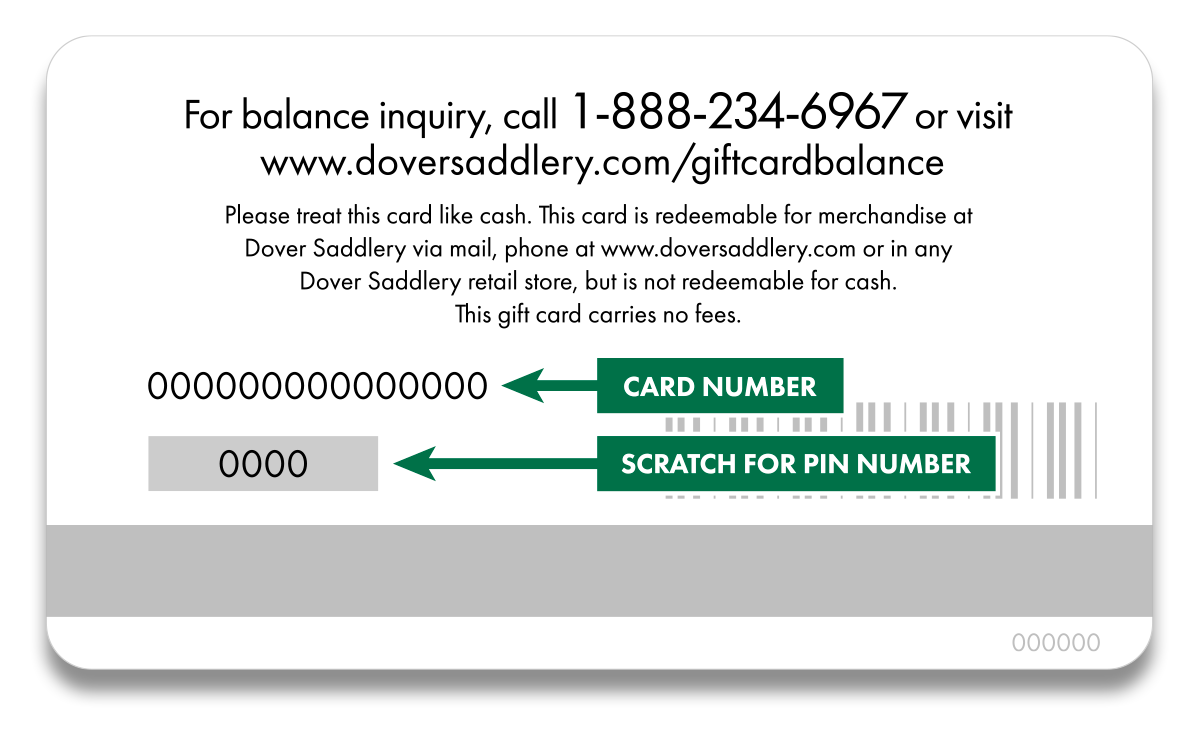A halter might be one of the most useful pieces of equipment you have for your horse. They wear it while being groomed, for leading around the property from paddock to stall, during bathing, while being hand grazed, during travel and sometimes while in turnout. The halter is the primary means of controlling your horse when you’re on the ground. While all types of halters have benefits, and a nylon or rope halter is also a great selection, a leather halter is particularly versatile. Here are some reasons why.
- Appearance – The clean, crisp look of a leather halter offers an enviable, polished appearance. With triple stitching, brass or nickel hardware and rolled throat straps, a leather halter looks great and gives your horse a finished, show ready appearance. You can find leather halters in various shades of leather, from light tan to jet black, with colored leather piping or padding for an extra flourish in some models.
- Customization – A custom nameplate featuring your horse’s name is the perfect final touch to a leather halter. Not only does this make the halter truly his, but it keeps it from getting mixed up with other halters around the barn or show stable.
- Affordable – Leather halters do not need to be expensive. A fancy one for shows can be an investment, but for about $20, you can acquire an excellent, affordable leather halter for daily use at home.
- Longevity – With proper care, your favorite tack items can last a long time. Leather halters are top quality, which combined with good care, will keep them in use a good long while.
A leather halter does require some maintenance over other types of halters, as the leather will need to be kept supple and preferably clean. An occasional wipe down and oiling of the leather shouldn’t take long and will ensure your leather halter looks top of the line. This upkeep is surely worth the tradeoff of knowing your horse is looking his best in an affordable halter that will last.





You forgot another very important feature of a leather halter versus a nylon or rope one . . . they will “break away” a lot quicker than a nylon or rope halter if the need arises. And, as we all know, this can and does happen during loading/unloading trailers, during travel, in the cross ties, etc. if the horse should spook for some reason. I am a proponent of leather halters, unless my nylon ones are equipped with the leather breakaway strap or tab.
Absolutely! You have said it perfectly, Sue!
Leather halters are a safety investment. Nylon halters are almost indestructible in addition most have steel fittings which again doesn’t give under pressure. Leather will give or break under stress and brass is a very soft metal as well. We dont allow T/O at our farm in nylon halters for safety reasons
All the horses at your farm must be very content AND stylish in their turnout! Glad to hear it.
I purchased a leather halter with a nameplate from Dover for my horse about 2.5 years ago. The halter mostly lives on the hook outside my horse’s stall (he only wears it when being groomed or with the farrier etc.). At this point, the brass nameplate is barely readable. It has never been outdoors except when I personally walk my horse outdoors to get some grass…any groundwork training is done with a rope halter and lead. Is this something that Dover would replace because of the satisfaction guarantee or would I personally need to replace it — the poor quality of the nameplate at this point detracts from the beauty of the halter…even though I do clean and condition the halter at the same time I do my bridle.
Give our customer service a call, Vicki. We’ll see what we can do to help you! 800-406-8204
Another benefit of a leather halter is that they seldom produce rubs on the horse’s head. I have a Lipizzan mare with a very fine coat, and the nylon halter she was shipped to me in rubbed hair off her cheeks. I put her in a good quality leather turnout halter without a clip closing, only buckles (the clips rub, too!) and her face no longer shows rub marks. It’s safe and attractive. I clean and oil it about once a month to keep the leather soft and pliable.
Yes! Some of our employees have used this strategy with their fine-coated horses as well and seen success!